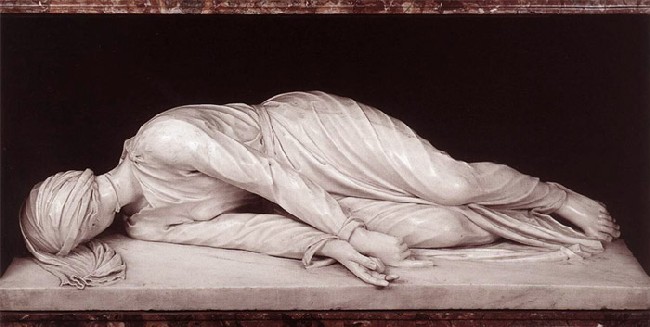
Wil Derkse writes that the Benedictine life joins the sacred and profane life at the abbey. Nothing I have experienced captures this goal of the Christian living as does the Rule of St. Benedict applied in the life of the lay person — a person like me who is not a monk and who does not live at an abbey.
The Rule of St. Benedict became the most widely used rule for monks during the past 1,500 years because it does not seek flights of super spirituality or harsh solitudes away from the world. Rather, the Rule has been astonishingly effective because of how the ordinary is sanctified as part of the world.
For me, in my chair reserved for prayer, the Divine Office is a very effective way of joining prayer to my hours of work.
With typical Benedictine balance, one of Derkse’s example is the following Zen encouragement: “Before the enlightenment: cut wood and draw water; after the enlightenment: cut wood and draw water.”
"The Rule of Benedict for Beginners," by, Liturgical Press, 2003, page viii.
Tuesday, May 20, 2008
Oblate Monasticism — One Life, not two
Subscribe to:
Post Comments (Atom)






No comments:
Post a Comment